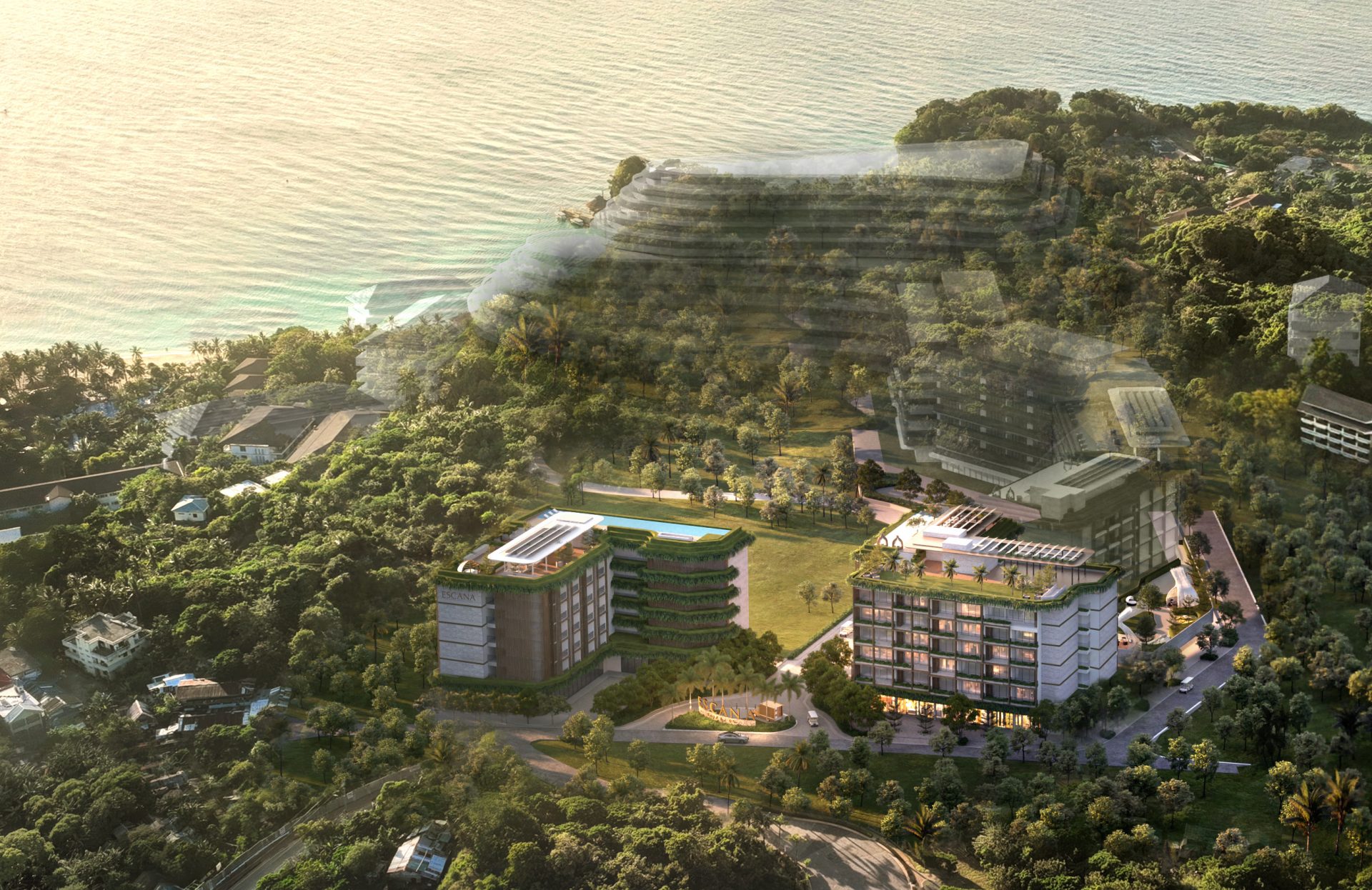BLOGS
Health Emergency Response: What You Need To Know
Many people have experienced a health emergency firsthand for the very first time when COVID-19 started to plague the world two years ago. Majority of the global population did not know how to deal with this experience and was confused with the new information they find all over mainstream media and social networking sites.
When the lockdowns started to be implemented across nations, confusion turned into panic as people wonder how to go on with their lives with a brand new daily routine that was being forced on them. Some hurried to get out of the city and left their houses to stay in rural areas which they believe are relatively safer, a trend that caused the availability of many homes for sale in the real estate market during the beginning of the pandemic.
 The COVID-19 pandemic is an example of a health emergency | Photo by Pixabay from Pexels
The COVID-19 pandemic is an example of a health emergency | Photo by Pixabay from Pexels
The Importance of Effective Leadership During Health Emergencies
Sure enough, the pandemic has taught the world many things that built resilience in case a new health crisis arises. However, different crises require different approaches. A pandemic is not the only scenario in which a healthcare emergency response is a necessity, it also navigates a wide variety of events such as fires, terrorist attacks, and natural disasters like floods which is common in the Philippines. All these will involve a good health emergency response to be resolved effectively.
During a healthcare emergency, leadership should be quick and responsive. It requires a strong focus on planning, clear communication, and immediate action. According to Maryville University, the key elements of effective leadership in a healthcare crisis involves creating a leadership team, developing a plan, seeking out credible information, communicating the information broadly, and taking action in a calm and decisive manner.
 Preparing the right and sufficient facilities is a necessary step in responding to health emergencies | Photo by Pixabay from Pexels
Preparing the right and sufficient facilities is a necessary step in responding to health emergencies | Photo by Pixabay from Pexels
In the Philippines, the need for more and better healthcare facilities like hospitals has been really evident in the past two years. This is why throughout the course of the pandemic, there were a lot of discussion on how to improve the healthcare system in the country. Gladly, there are leaders who responded to the growing need to help improve the service to the people especially with the ongoing pandemic.
One example is the additional healthcare facilities at the Lung Center of the Philippines which was successfully turned over in 2021 by the Department of Public Works and Highways (DPWH) Secretary, Mark Villar. As one of the top hospitals admitting COVID-19 cases, the additional facilities helped handle the increasing number of patients in need of treatment of severe to critical cases.
The Citizens’ Role in Health Emergencies
 The people’s cooperation in the health emergency response plan is vital | Photo by Charlotte May from Pexels
The people’s cooperation in the health emergency response plan is vital | Photo by Charlotte May from Pexels
While the nation’s leaders have a huge role to play in responding to health emergencies like the COVID-19 pandemic, many setbacks would have been avoided if the citizens are also aware of the necessary steps where health emergency response plans usually go.
In a time when disinformation is rampant, it is a major roadblock for the government to implement the plans in place due to the spread of wrong information which eventually leads to the lack of confidence and trust of the citizens to its leaders.
Involving Citizens in Health Emergency Response
Both the leaders and citizens have significant roles to play in the management of health emergencies. Here are some of the ways to increase the citizens’ engagement to make way for a positive partnership in the next health crisis that might come our way.
Improve Risk Communication
According to World Health Organization (WHO), risk communication includes the range of communication capacities required through the preparedness, response and recovery phases of a serious public health event to encourage informed decision making, positive behavior change and the maintenance of trust.
 Good risk communication is a vital part of a health emergency response plan | Photo by Pressmaster from Pexels
Good risk communication is a vital part of a health emergency response plan | Photo by Pressmaster from Pexels
It is important for leaders to tailor each message about a health emergency to its intended audiences. To communicate effectively during a time when the people are in a state of fear and panic, there must be a combination of honesty, empathy, and expert knowledge. Remember that the goal is to build trust and create awareness before, during, and after a health emergency. Being able to successfully tailor fit the message to the audience will also help in identifying and eventually addressing what causes fear, anxiety or stigma in each demographic. Also, in this day and age, it is important to use various channels to disseminate a message. People nowadays use different information channels so making sure to utilize the appropriate one for the intended audience is a must.
Although, this goes both ways. The citizens should also be encouraged to only look up sources that are credible and teach them how to not fall prey on fake information spreading in different channels which will only cause delays in resolving the crisis at hand.
Involve Communities in Research
During the early stages of vaccine development for COVID-19, there were many reports of clinical trials in different nations that participated in the research. This information helped the people gain trust and eventually translated to positive action which is getting the vaccine themselves.
 Vaccination is one of the efforts in addressing the pandemic in the Philippines | Photo by Gustavo Fring from Pexels
Vaccination is one of the efforts in addressing the pandemic in the Philippines | Photo by Gustavo Fring from Pexels
A person involved in the research stage of a health emergency response plan will become an ambassador to the community of the plan’s effectivity. It is a good way to rebuild the people’s trust and encourage participation in the following steps of the response plan.
Share Research Learnings
Aside from involving communities in the research, it is also important to make use of relevant channels to share research learnings—data which then will be interpreted to be better understood by the citizens and empower them as a vital part of the plan.
Health Emergency Checklist for Citizens
The citizens’ role is not limited to the response plan during the health emergency. Preparedness, both in health and disaster emergencies, have been a topic that is being shared repeatedly for the people to be educated on. Aside from the recent health crisis, the Philippines is vulnerable to many natural disasters as witnessed in the previous years. All of these events can lead to a health emergency. Preparedness is key to help avoid fatal consequences in case such event happens.
Be Prepared
- Take note of the emergency phone numbers and post it in an accessible location inside the home. Such numbers include the ambulance, personal doctors, fire and police departments.
- Determine the location and route to the nearest health facility before an emergency happens. This is one of the reasons why location is the always on top of the considerations when choosing houses to live in. You need to ensure that the home is near to facilities that one needs in case of an emergency.
- Learn first aid. Having basic knowledge of things to do for common health emergencies at home can save lives when immediate access to healthcare is not possible.
- Stock up on necessities inside the home that can be used for emergencies like canned food, first aid kit, batteries, etc. Preparing these items surely came in handy when the lockdown was announced that caused panic buying among many people, not just in the Philippines but all over the globe.
- Prepare a go bag with a portion of the necessary items that is easily accessible in case quick evacuation is a must.
What To Do During and After a Health Emergency
For a health emergency as huge as COVID-19, the best thing to do for citizens is to stay informed by tuning in to credible media outlets. Being in the know of the latest updates about the situation is the best way to avoid making rash decisions. Also, in any kind of emergencies, it is important to calm one’s self but stay alert.
Distress is expected from experiencing an emergency; the degree may vary from each individual—this is why recovery can also be difficult for some. Monitoring one’s self and those who went through the same experience is important to ensure that it will not have long term negative effects on one’s overall well-being.
Conclusion
Ensuring the family’s safety is a priority. This is a consideration for most, if not all, the choices that a person makes—including choosing a home to live in. And when it comes to safety, luxury homes and luxury condo ensures that the residents will have a top-notch experience to keep the family safe and secure. These items are on top of the checklist to experience luxury living.
Brittany Corporation, the top luxury real estate developer in the Philippines, offers the best lineup of luxury condo and luxury homes in the Philippines. The luxury real estate properties by Brittany Homes are located in prime communities that are surrounded by establishments that are easily accessible in case of an emergency like hospitals and groceries. These luxury condo and luxury homes for sale, the most beautiful houses in the Philippines, are located in Tagaytay, Santa Rosa, Alabang, and Sucat—communities that are perfect to experience luxury living but also near from the metro.
These luxury homes and luxury condo also comes with amenities and features that are sought after by most families especially during the lockdowns—huge spaces both indoor and outdoor, great views, and a themed community inspired by travel destinations around the globe. Experiencing luxury living with such features in your own community with Brittany Homes!
Experience luxury living with the most beautiful houses in the Philippines from Brittany Homes! Connect with Brittany Corporation by sending a message to this link to know more of their luxury real estate offerings such as luxury house and lot properties and luxury condo. You may also follow their socials for the latest updates: LinkedIn, Facebook, Twitter, and Instagram!













 The COVID-19 pandemic is an example of a health emergency | Photo by Pixabay from Pexels
The COVID-19 pandemic is an example of a health emergency | Photo by Pixabay from Pexels Preparing the right and sufficient facilities is a necessary step in responding to health emergencies | Photo by Pixabay from Pexels
Preparing the right and sufficient facilities is a necessary step in responding to health emergencies | Photo by Pixabay from Pexels The people’s cooperation in the health emergency response plan is vital | Photo by Charlotte May from Pexels
The people’s cooperation in the health emergency response plan is vital | Photo by Charlotte May from Pexels Good risk communication is a vital part of a health emergency response plan | Photo by Pressmaster from Pexels
Good risk communication is a vital part of a health emergency response plan | Photo by Pressmaster from Pexels Vaccination is one of the efforts in addressing the pandemic in the Philippines | Photo by Gustavo Fring from Pexels
Vaccination is one of the efforts in addressing the pandemic in the Philippines | Photo by Gustavo Fring from Pexels